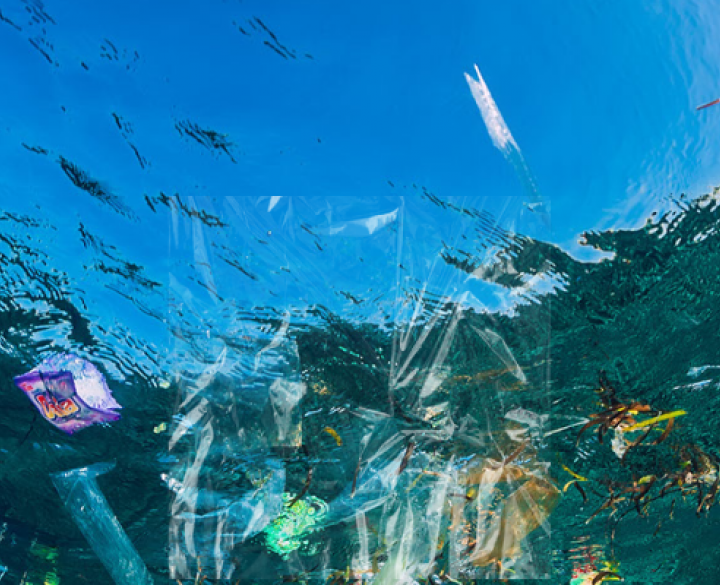The objective of this pre-standard project is the quantitative identification and analysis of microplastics from clothing washing. This will be achieved by developing a reliable method for the recovery of these microplastics, as well as optical and chemical analysis methods. The main focus will be on synthetic garments, which are major carriers of these microplastics, but we will also consider mixed garments, i.e. garments made of synthetic and natural fibres.
Nowadays, microplastics are a proven and important source of pollution for the aquatic environment. The origin of microplastics is varied and textiles play a significant role. Microplastics have numerous harmful effects on aquatic fauna and ultimately on humans. Indeed, following the accumulation of microplastics within the food chain, humans end up ingesting them. Moreover, microplastics can accumulate chemicals and allow the development of certain bacteria, which further increases the health risk for humans.
Currently, different methods exist to measure microplastic pollution in the aquatic environment. However, no method is currently sufficiently reliable to measure the release of microplastics from the textile industry, which is considered a proven source of them. This lack of research does not allow us to improve our clothing to be less polluting and does not allow us to set a maximum tolerated value, in terms of number, size and shape, for this release.
In this project we study this problem by systematically analysing the release of microplastics during washing cycles, taking into account the washing products used, the nature of the washing and rinsing cycles and the nature of the clothes washed. Particular attention will be paid to the method of recovery of these microplastics, which must allow the recovery of only those microplastics that actually come from the washings and not from any other source.
This project will have an economic impact on various sectors such as
- The textile and clothing industry
- The laundry industry
- The washing machine construction industry
The project will also have an impact on consumer behaviour. Indeed, consumers are becoming more and more aware of the impact of their behaviour on the environment and usually wish to reduce it.





